Tattu R-Line Version 4.0 1050mAh 150C 6S1P LiPo Battery FPV Racing Freestyle Multirotor Drone Lipo Battery XT60 Plug Description:
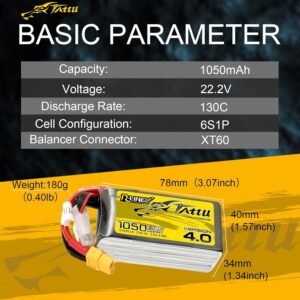
Introduction to the Tattu R-Line Version 4.0
The Tattu R-Line Version 4.0 1050mAh 14.8V 130C 6S1P LiPo Battery is designed for FPV pilots who demand peak performance from their equipment. As a fourth-generation battery in the R-Line series, it continues to set the standard in the market, offering superior power output, durability, and reliability. This comprehensive guide provides an in-depth look into why this battery should be a top consideration for any serious FPV pilot.
Key Specifications and Performance Metrics
Capacity and Voltage: Maximizing Flight Time
The 1050mAh capacity paired with a 6S configuration ensures that the Tattu R-Line Version 4.0 provides the perfect balance between power and flight time. This battery is designed to deliver consistent voltage, allowing for longer flight durations without sacrificing performance.
Discharge Rate: Unmatched Power Delivery
With a 130C discharge rate, the Tattu R-Line Version 4.0 offers explosive power delivery, crucial for high-speed FPV racing and aggressive freestyle flying. This high discharge rate ensures that your drone receives the necessary power to execute sharp turns, quick ascents, and rapid accelerations.
Build Quality: Durability You Can Trust
The Tattu R-Line Version 4.0 is constructed with high-quality materials, ensuring that it can withstand the rigors of intense FPV sessions. The battery’s robust design reduces the risk of puffing, a common issue in lower-quality LiPo batteries, and enhances its overall longevity.
Advantages of the Tattu R-Line Version 4.0 for FPV Pilots
Consistent Performance in Extreme Conditions
Whether you’re flying in hot summer weather or cold winter environments, the Tattu R-Line Version 4.0 is engineered to perform consistently across a wide range of temperatures. This consistency makes it a reliable choice for pilots who push their drones to the limit in various weather conditions.
Compact and Lightweight Design
Despite its high capacity and power output, the Tattu R-Line Version 4.0 remains compact and lightweight, minimizing the impact on your drone’s agility. The optimized weight distribution allows for better maneuverability, enhancing your overall flying experience.
Battery Disclaimer:
Understanding the Causes of LiPo Battery Failure in FPV Drones
LiPo (Lithium Polymer) batteries are the lifeblood of FPV drones, powering everything from the motors to the electronics that enable your quadcopter to soar through the skies. While these batteries are essential for high-performance flying, they are also delicate and prone to failure or premature death if not handled correctly. In this article, we’ll explore the various causes of LiPo battery failure, helping you to extend the lifespan of your batteries and ensure consistent performance during your flights.
1. Overcharging and Overvoltage
One of the most common causes of LiPo battery failure is overcharging. Charging a LiPo battery beyond its maximum voltage—typically 4.2V per cell—can cause significant damage. Overcharging can lead to the swelling of the battery cells, increased internal resistance, and, in extreme cases, thermal runaway, which can result in fire or explosion.
- Prevention: Always use a quality balance charger with built-in safety features to prevent overcharging. Ensure that you never exceed the recommended charge voltage for your specific LiPo battery.
2. Overdischarging
Overdischarging occurs when a LiPo battery is drained below its safe minimum voltage, typically around 3.0V per cell. Discharging a battery too low can cause irreversible chemical changes within the cells, leading to a loss of capacity, increased internal resistance, and eventual failure.
- Prevention: Use a low-voltage alarm or set your drone’s flight controller to warn you when the voltage drops below a safe threshold. It’s also advisable to land your drone as soon as the voltage drops to around 3.5V per cell under load, giving you a buffer to avoid overdischarge.
3. Physical Damage
LiPo batteries are particularly vulnerable to physical damage, which can occur due to crashes, punctures, or rough handling. Any damage to the battery casing can lead to exposure of the internal cells, which may result in swelling, leakage, or short circuits.
- Prevention: Always inspect your batteries after a crash or rough landing. If you notice any dents, swelling, or other signs of damage, it’s best to safely dispose of the battery rather than risk using it. Protect your batteries with soft cases or padding during transport and in your drone.
4. High Current Draw
FPV drones, especially those built for racing or freestyle flying, often draw high currents from their batteries. While LiPo batteries are designed to handle high current loads, drawing excessive current for extended periods can cause overheating, swelling, and a decrease in battery lifespan.
- Prevention: Ensure that your battery’s C-rating (the measure of how much current the battery can safely deliver) matches the demands of your drone’s setup. Avoid pushing your batteries to their limits during every flight, and consider using batteries with a higher C-rating for demanding flying styles.
5. Improper Storage
Improper storage is a major factor in the premature aging of LiPo batteries. Storing LiPo batteries fully charged or fully discharged for extended periods can cause capacity loss and increase the risk of swelling.
- Prevention: Store your LiPo batteries at a storage voltage of around 3.7V to 3.85V per cell. Use a balance charger’s storage mode to set your batteries to the correct voltage before storing them in a cool, dry place. Avoid storing batteries in hot environments, such as inside a car or near direct sunlight.
6. Poor Charging Practices
Charging LiPo batteries improperly can lead to a range of issues, from reduced capacity to complete failure. Using incorrect settings on your charger, charging at too high or too low a current, or using a damaged charger can all contribute to battery failure.
- Prevention: Always double-check your charger settings before plugging in your batteries. Charge your batteries at a moderate rate (typically 1C, where C is the battery’s capacity) unless you’re confident that a faster charge won’t harm the battery. Regularly inspect your charger for wear and tear, and replace any damaged components.
7. Environmental Factors
Environmental conditions such as extreme temperatures, humidity, and exposure to water can also lead to LiPo battery failure. High temperatures can cause the battery cells to swell, while cold temperatures can reduce capacity and increase internal resistance. Exposure to moisture can lead to short circuits and corrosion.
- Prevention: Fly and store your batteries within their recommended temperature ranges. Keep them dry, and avoid flying in rainy or excessively humid conditions. If you suspect that a battery has been exposed to moisture, allow it to dry thoroughly before use, but be cautious as the internal damage may have already occurred.
8. Age and Usage Cycles
Even with the best care, LiPo batteries have a finite lifespan. Over time and through repeated charge/discharge cycles, the chemical composition of the cells degrades, leading to reduced capacity, increased internal resistance, and eventually, failure.
- Prevention: Monitor the performance of your batteries regularly. If you notice a significant drop in flight time or increased swelling, it may be time to retire the battery. Keeping a log of your battery usage can help you track the number of cycles and predict when a battery is nearing the end of its useful life.
Read More About Lipo Batteries by clicking the link below:
https://oscarliang.com/fpv-drone-guide/
Checkout our Frames Collection by clicking the link below:
https://thefpvproject.com/product-category/frames/
1S = 1 cell = 3.7V
2S = 2 cells = 7.4V
3S = 3 cells = 11.1V
4S = 4 cells = 14.8V
5S = 5 cells = 18.5V
6S = 6 cells = 22.2V
For example, we call a 14.8V battery a “4-cell” or “4S” battery.
LiPo battery is designed to operate within a safe voltage range, from 3V to 4.2V. Discharging below 3V could cause irreversible performance loss and even damage to the battery. Overcharging above 4.2V could be dangerous and eventually cause a fire.
However, it’s advisable to stop discharging when it reaches 3.5V for battery health reasons. For example for a 3S Lipo, the max voltage is 12.6V, and you should land when the voltage reaches 10.5V (at 3.5V per cell).

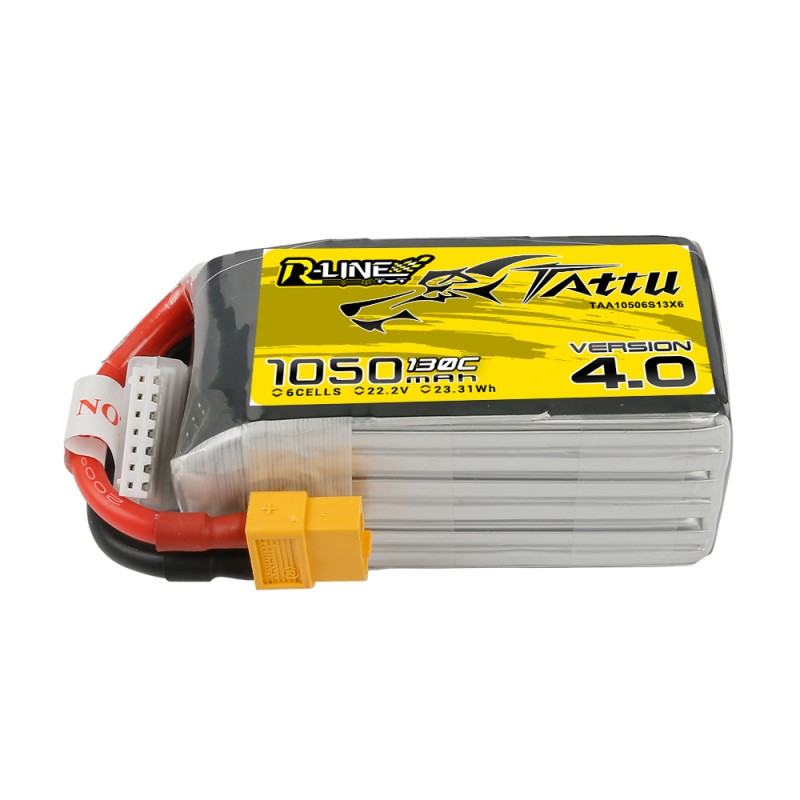

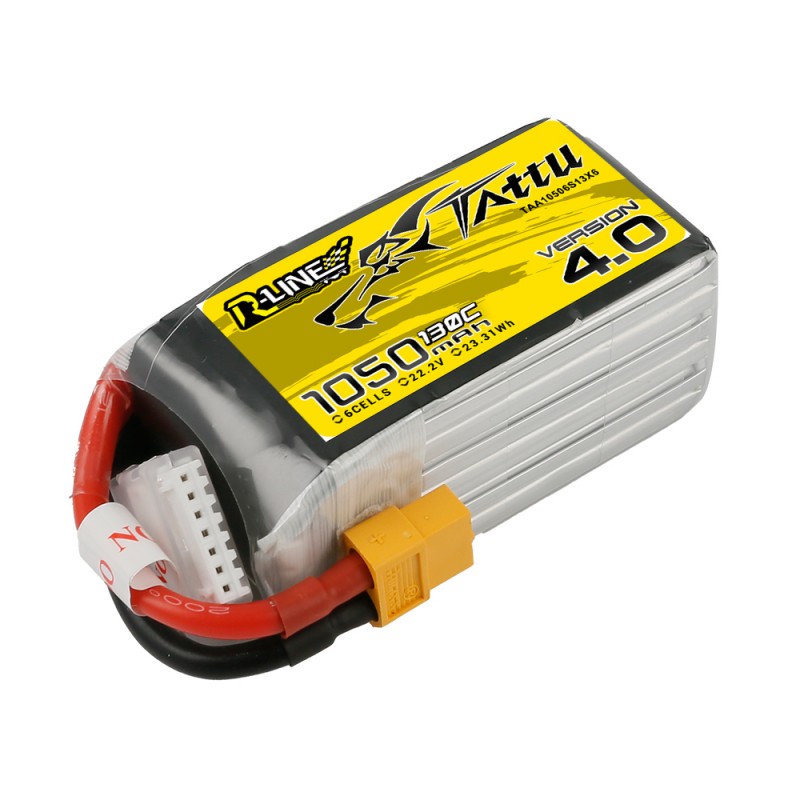
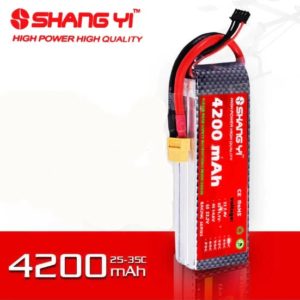
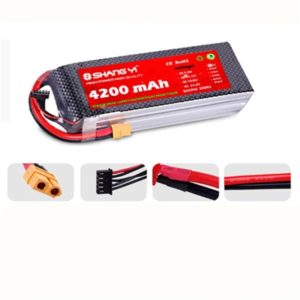

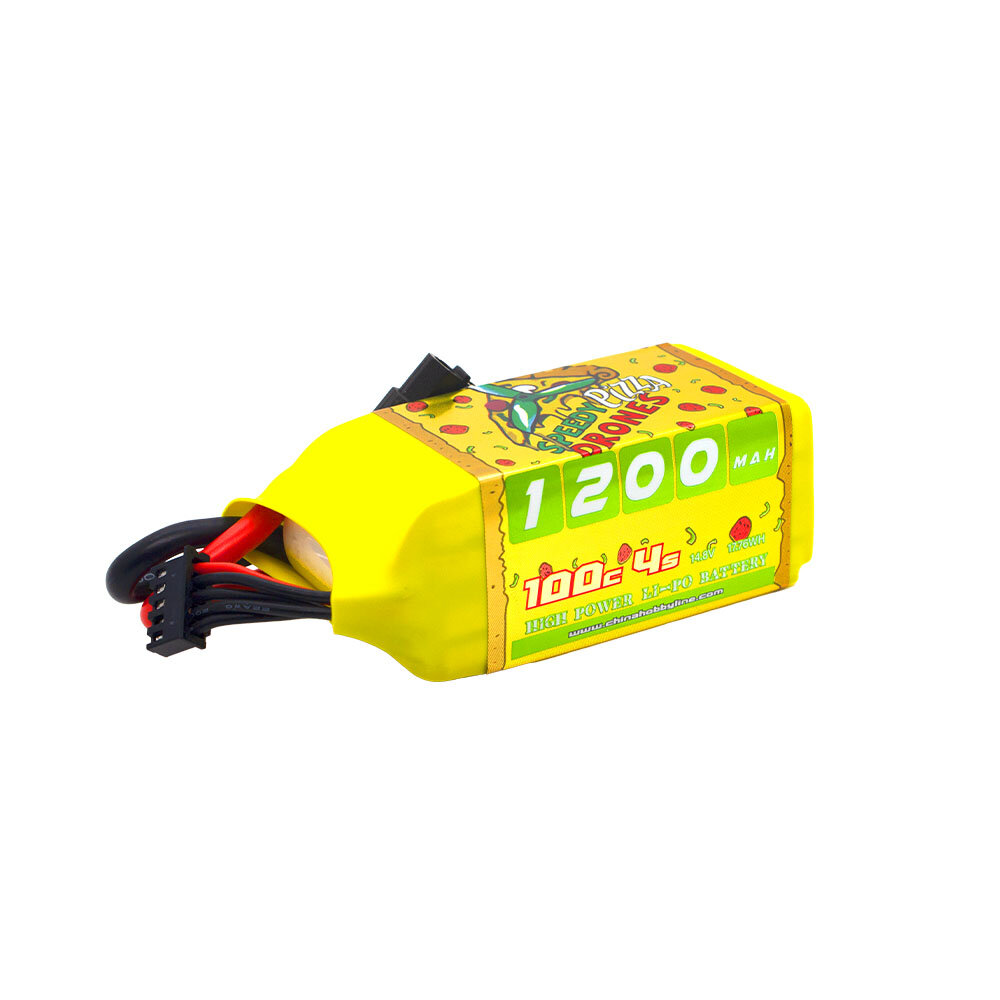
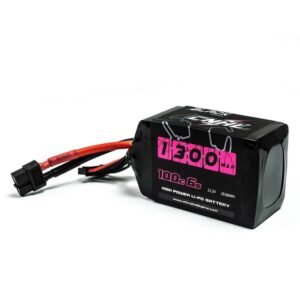
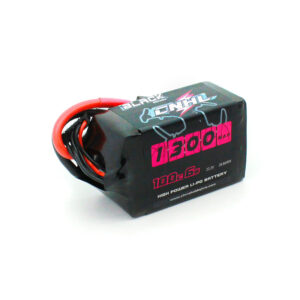
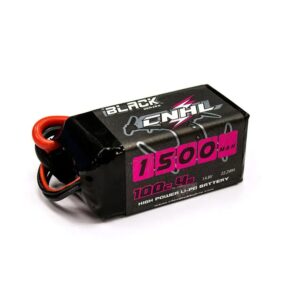
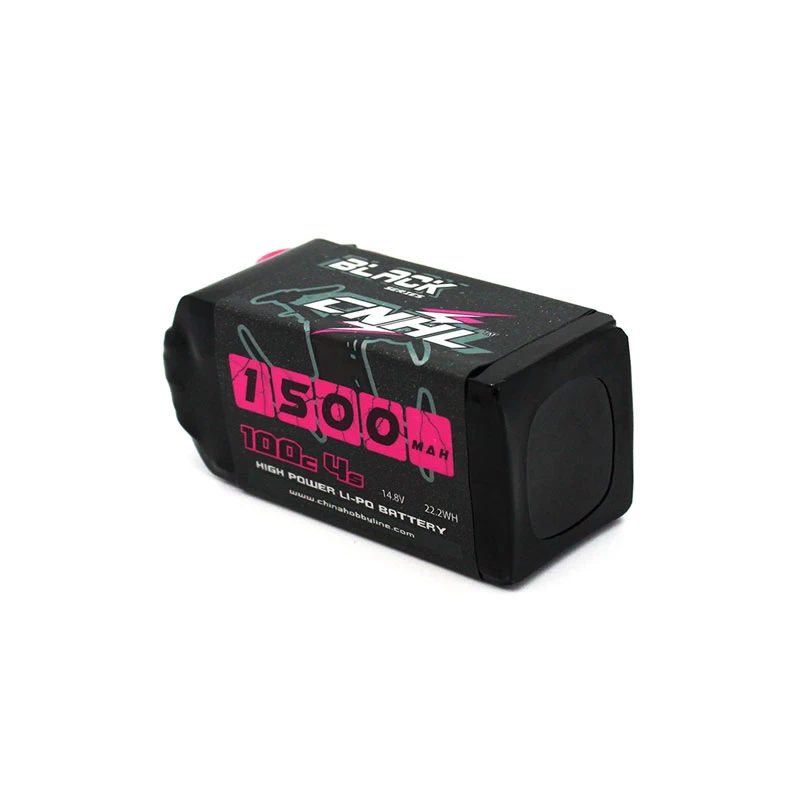

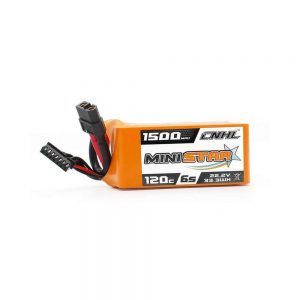
Reviews
There are no reviews yet.